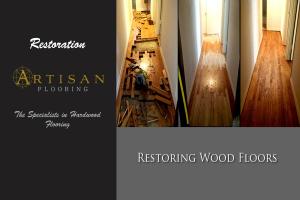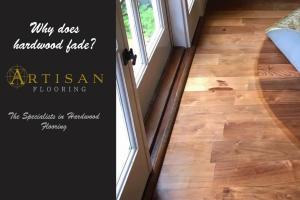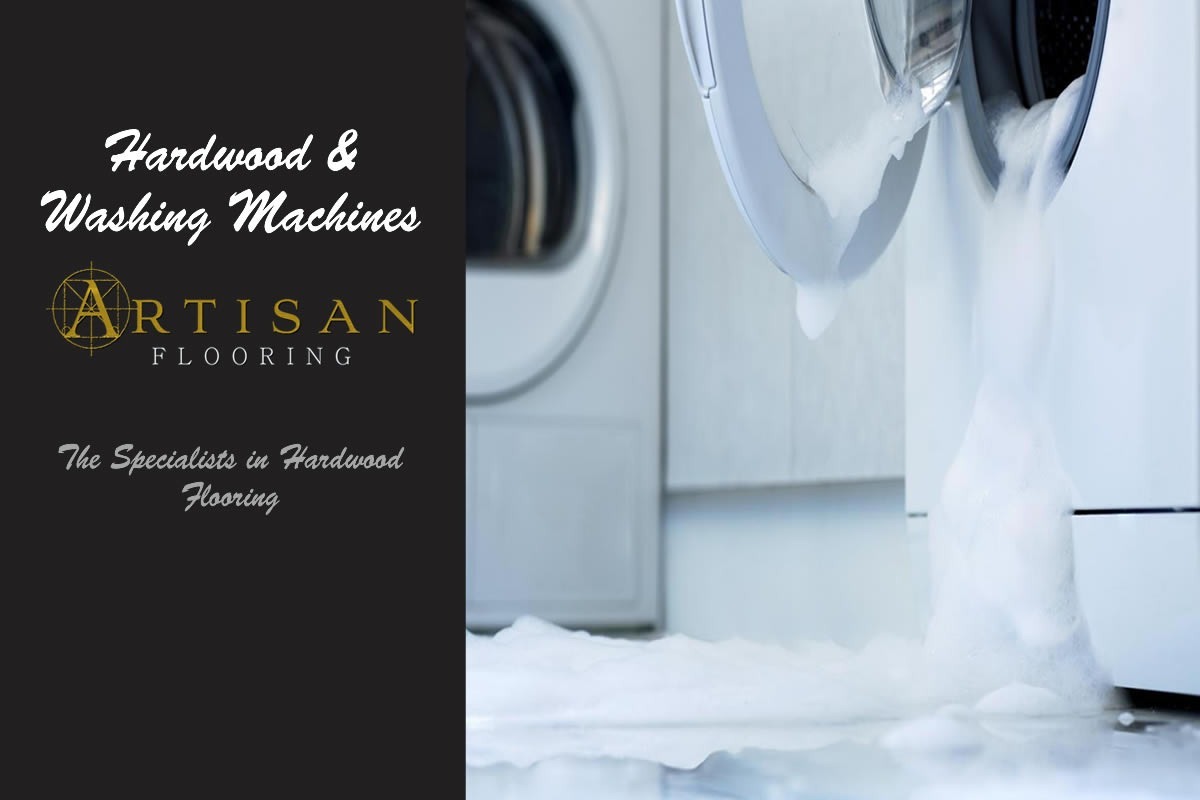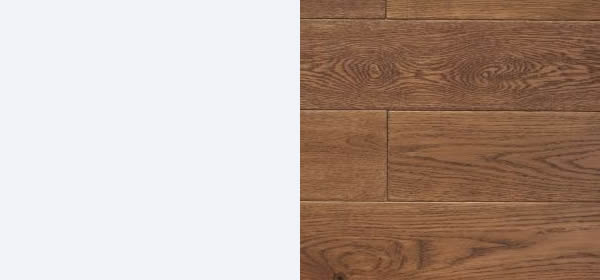 06-08-2023
06-08-2023- Blog
- 0 comments
- 3463 Views
Engineered wood flooring is constructed of multiple layers of wood, typically with a thin veneer of hardwood on top, adhered to layers of plywood or other wood materials. This structure gives engineered wood flooring some advantages over solid hardwood when it comes to moisture resistance, but it's still wood, and it is not immune to the damaging effects of floods.
Here's how engineered wood flooring typically fares in flood conditions:
-
Initial Resistance: Due to its multi-layered construction, engineered wood flooring is less likely to expand and contract with immediate exposure to moisture compared to solid hardwood. This means it might hold up a bit better in the early stages of a flood.
-
Water Penetration: Over prolonged exposure, water will penetrate the layers of the engineered wood, which can cause the layers to separate or delaminate. The hardwood veneer on top can also warp or cup.
-
Mold and Mildew: After flooding, there's a risk of mold and mildew growth between the layers and underneath the flooring, especially if the water isn't removed promptly and the area isn't dried thoroughly.
-
Adhesive Breakdown: The adhesives used to bond the layers of engineered wood can break down when exposed to significant moisture. Over time, this can cause the layers to separate and compromise the structural integrity of the flooring.
-
Replacement: In many cases, after significant flooding, engineered wood floors will need to be replaced. Even if they appear salvageable immediately after the water is removed, hidden damage (like mold growth or adhesive breakdown) can cause problems down the road.
-
Drying and Repair: If the flooding is minor, it might be possible to save the engineered wood flooring by removing the water quickly, using fans and dehumidifiers to dry the area thoroughly, and checking for mold or mildew. However, this isn't guaranteed, and the flooring should be monitored closely for any signs of damage or mold growth.
-
Underlayment Considerations: The underlayment beneath the engineered wood can also absorb water and become a breeding ground for mold and mildew. It's essential to ensure the underlayment is thoroughly dried or replaced if damaged.
In conclusion, while engineered wood flooring has some advantages over solid hardwood when it comes to moisture resistance, it's not waterproof. Prolonged exposure to floodwaters will likely damage engineered wood floors. If your engineered wood floor has been exposed to flooding, it's essential to assess the damage, dry the area thoroughly, and consult with flooring professionals about potential repair or replacement.

















Recent Comments
No Comments have been left yet! Be the first :)